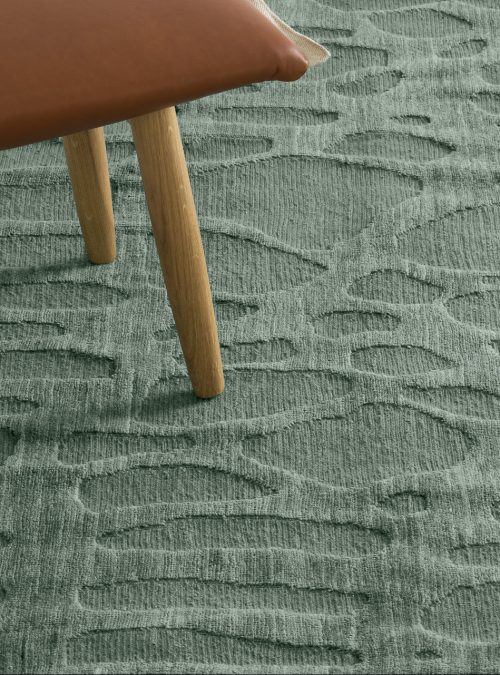- Blog
- Designing Behavioral Health Settings: Q&A with Custer's Healthcare Leader
Designing Behavioral Health Settings: Q&A with Custer's Healthcare Leader

The healthcare landscape is immensely broad and constantly shifting. In an effort to help one another better understand the healthcare journey, we want to share our expertise into one important facet of healthcare: the design of healing environments. This month, we sat down with Custer’s Healthcare Team Leader Megan Kuzma to better understand behavioral health settings and their interior design. With over six years of experience creating healing environments, Megan has provided healthcare design and consulting for clients including Mary Free Bed, Pine Rest, Sunset Retirement Community, and more. Here, Megan shares her insight into the design principles of behavioral health settings, both now and in the future:
How do you think the environment impacts behavioral health treatment?
Megan Kuzma: As with any environment, the healing environment sets the tone for behavior and demeanor. So if a space is dark and closed off, it can inhibit the openness and trust needed for effective care. When the healing environment is designed with the patient and staff in mind, there is a positive impact on the treatment of the patient, ultimately allowing for better care and shorter stays.
What are the basic principles of designing for behavioral health settings?
MK: The basic principles of designing for a behavioral health setting are safety, durability, openness, natural light, and utilizing nature. Essentially, we want to humanize the behavioral health setting. It’s important that a patient not feel totally isolated from what’s comfortable and natural to them, so we try to build in elements that maintain a patient’s dignity and sense of safety. It’s important also to consider the age and abilities of patients. For example, at the Pine Rest Van Andel PCP Unit, we used kid-friendly fabrics and furniture to ensure the space was functional for group therapy settings. For different patients and settings we select appropriate applications, always keeping in mind those basic principles of design for behavioral health settings.
What challenges do you face in creating these settings?
MK: For safety reasons, behavioral health settings require furniture pieces that are heavily weighted. The challenge is finding heavy pieces that are also aesthetically pleasing. In addition, we make every effort to keep the space open and barrier free while maintaining patient and staff security.
What are some of the most common requests you receive from treatment center staff for their environments?
MK: Of utmost concern to our customers, and to us, is making sure our design is safe and secure for patients and staff. We also receive requests for overall visibility and openness in spaces — as we mentioned earlier, visibility and openness support the targeted effects of treatment. Lastly, our customers want access to outdoor spaces. Recent research has found that access to nature may be vital for mental health, and we are building on that.
Where do you see the future of interior design for mental and behavioral health heading?
MK: I see design for mental and behavioral health coming to a place that balances both private and open spaces. As treatment becomes more holistic and multifaceted, the environments that support treatment should be able to meet those varied needs. It will also be important that future behavioral health design helps to create a seamless transition for patients when they leave the facility, such as developing spaces that patients will encounter in everyday life after treatment.
Megan Kuzma is Custer’s Healthcare Team Leader. Email Megan with questions here, or schedule a time to visit Custer and learn more about our healthcare services.








